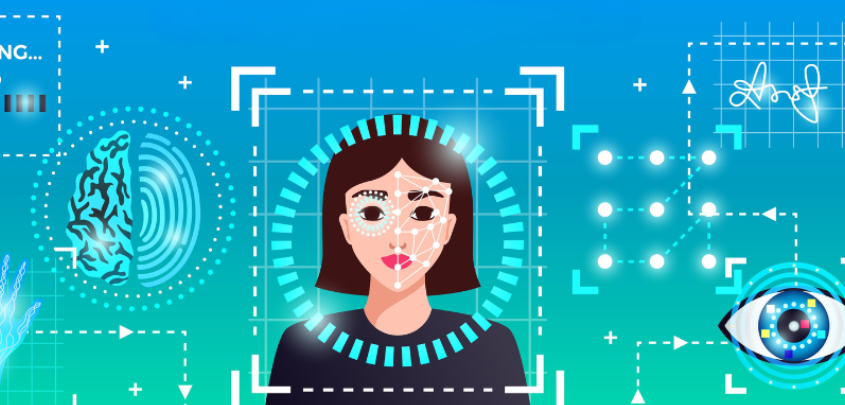
12, Mar, 2024
Is Your Face Safe? The Ethics of Facial Recognition Technology
Imagine unlocking your phone with a simple glance, or security systems instantly recognizing authorized personnel. Facial recognition technology (FRT) promises a future of convenience and enhanced security. But is it too good to be true? This article will dive into the ethical debates surrounding FRT and its potential impact on privacy.
What is FRT and How Does it Work?
Think of FRT as a high-tech party trick for faces. It uses sophisticated cameras and software to capture and analyze your facial features, like the distance between your eyes or the shape of your jawline. These features are then compared to a vast database of faces to identify you.
The Convenience Factor: Why FRT is Booming
FRT is rapidly becoming a part of our daily lives. It unlocks smartphones, helps tag friends in photos, and even secures workplaces. But its biggest selling point is security. Imagine airports using FRT to identify wanted criminals or public spaces using it to deter crime.
FRT offers a range of benefits:
- Unlocking phones and devices: No more struggling with passwords! Just look at your phone and voila, it’s unlocked.
- Enhanced security: FRT can be used for secure access control in buildings or restricted areas.
- Law enforcement: Facial recognition can help identify suspects or missing persons.
The Privacy Paradox: Where Does FRT Go Too Far?
While convenient, FRT raises some red flags:
- Feeling Like You’re Always on Camera Imagine walking down the street and being constantly monitored by facial recognition cameras. This constant tracking can feel intrusive and erode our sense of privacy.
- Data, Data Everywhere: FRT systems require massive databases of faces. Who controls this data? What happens if it falls into the wrong hands?
- Not All Faces Are Created Equal: FRT algorithms can be biased based on the data they’re trained on. This can lead to misidentifications, particularly for people of color or those with non-standard features.
The Slippery Slope: Potential Misuse of FRT
Beyond privacy concerns, FRT can be misused:
- Loss of Anonymity: Imagine a world where peaceful protests are thwarted because facial recognition identifies participants.
- Erosion of Due Process: Unreliable FRT evidence could lead to wrongful convictions.
- Targeted Discrimination: FRT could be used to discriminate against individuals based on race, religion, or beliefs.
Finding the Right Balance: How Can We Use FRT Ethically?
FRT can be a valuable tool, but it needs clear guidelines:
- Transparency and Regulation: Clear rules are needed for how FRT data is collected, stored, and used.
- Your Choice Matters: People should have the right to decide if and how their facial data is used.
- Watch the Watchers: Independent bodies should oversee the use of FRT by governments and companies.
- Fair and Accurate Algorithms: FRT systems need
The Future of Faces: A Responsible Approach
FRT is here to stay, but the way it’s used depends on us. By demanding transparency, regulations, and ethical considerations, we can ensure that FRT serves society, not undermines it. The future of facial recognition technology hinges on finding a balance between security and privacy, ensuring this powerful tool benefits all of us in a safe and responsible way.
